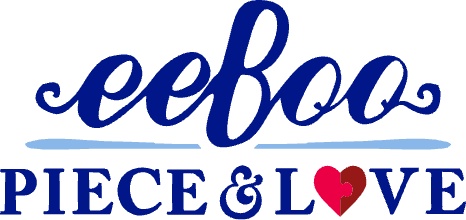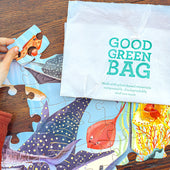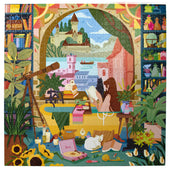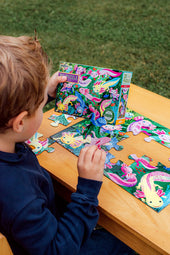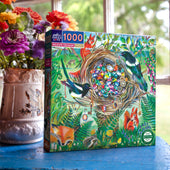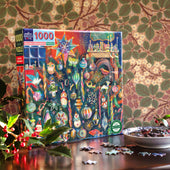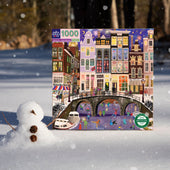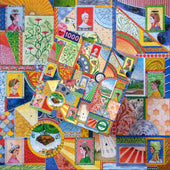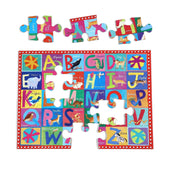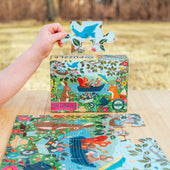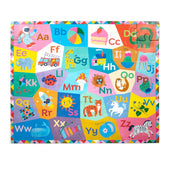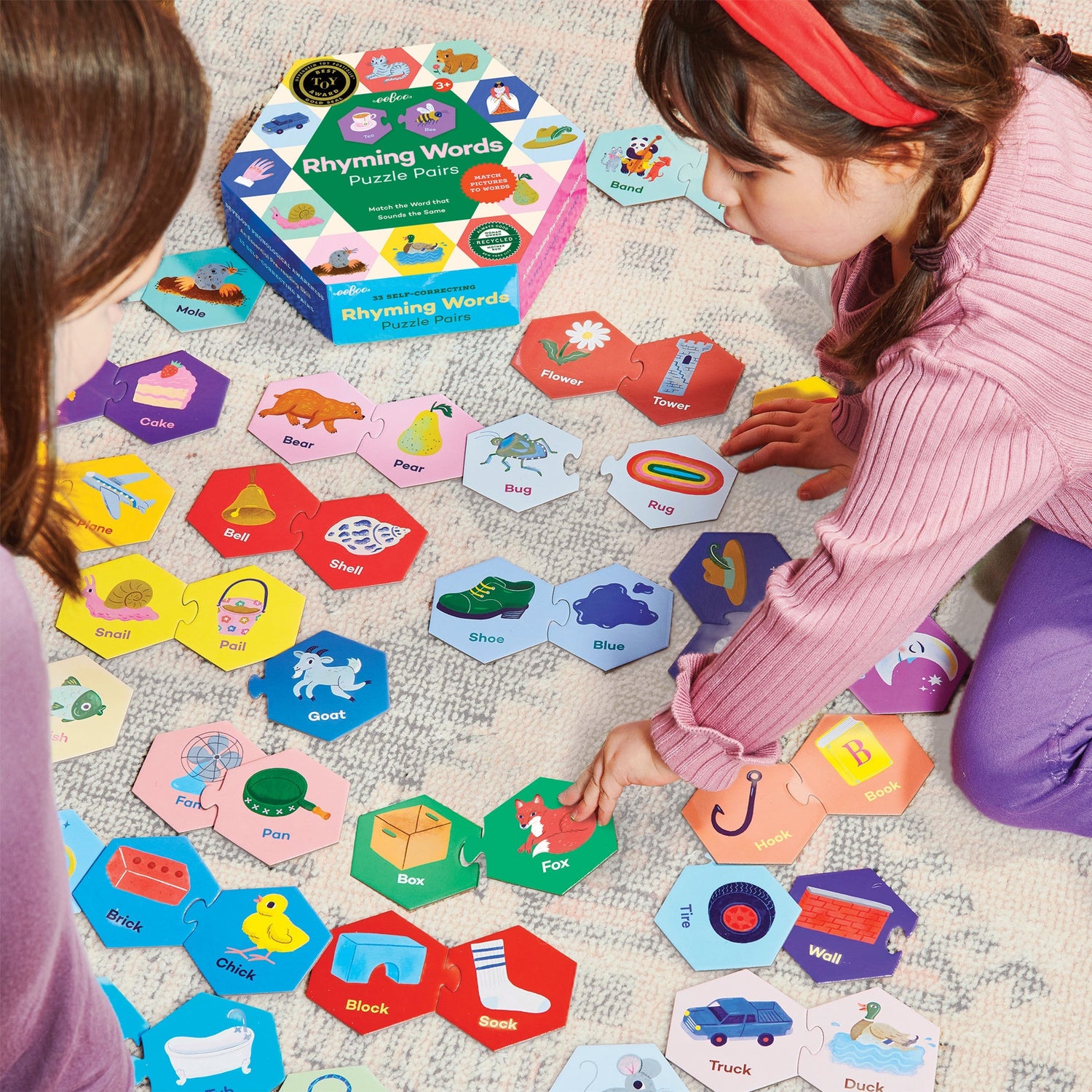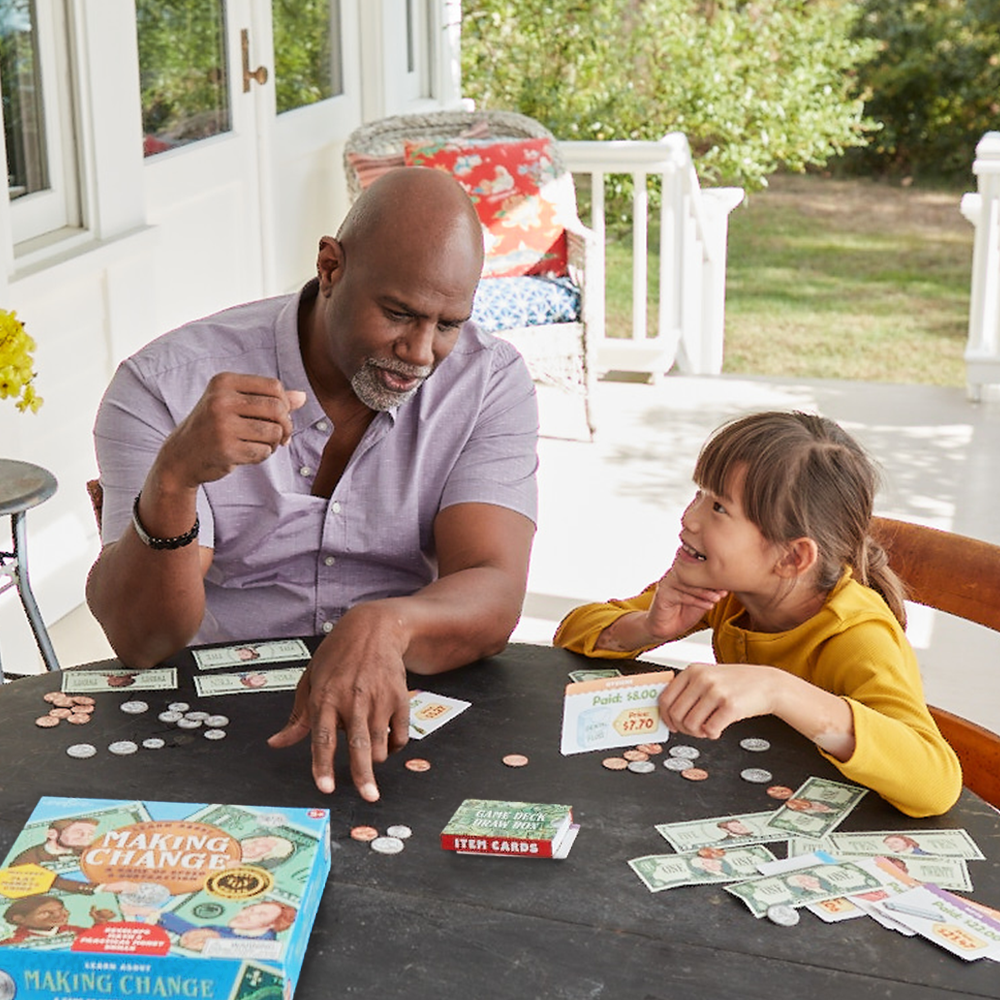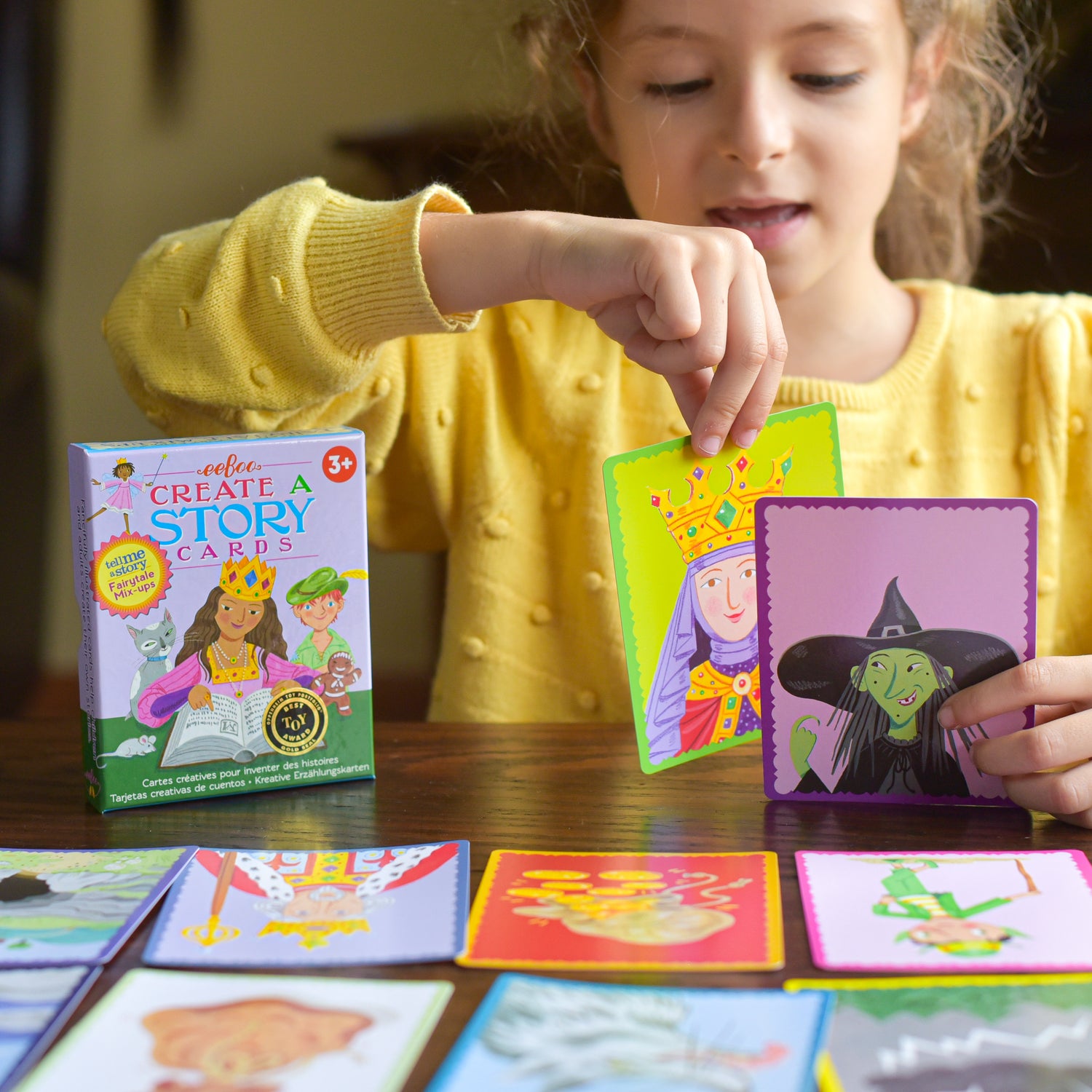20-piece puzzles are great for a range of early learning and developmental benefits, especially for young children. Here’s what they’re particularly good for:
1. Cognitive Development
- Improves problem-solving skills.
- Encourages critical thinking and strategy (e.g., looking for edge pieces).
2. Visual Perception
- Helps children learn to recognize patterns, shapes, and colors.
- Builds spatial awareness.
3. Fine Motor Skills
- Strengthens hand-eye coordination.
- Improves dexterity through grasping and fitting pieces together.
4. Memory Building
- Enhances short-term memory as children recall where pieces go.
5. Language Development
- Promotes vocabulary growth when the puzzle features recognizable themes (animals, vehicles, nature, etc.) and caregivers talk about them.
6. Confidence Boosting
- A manageable 20-piece puzzle helps build confidence and independence, especially for kids around ages 3–5.
7. Attention Span
- Encourages kids to focus on a single task, improving attention span and patience.
8. Social Skills
- Great for collaborative play—siblings or friends can work together, building communication and teamwork skills.
9. Emotional Regulation
- The calming, repetitive activity can help kids self-soothe and manage frustration.
10. Preparation for More Complex Tasks
- Acts as a stepping stone from basic toddler puzzles to more complex ones, supporting ongoing skill development.
In short: 20-piece puzzles are age-appropriate, educational, and fun—ideal for preschoolers (typically ages 3–5) who are transitioning from simple inset or chunky puzzles to more complex jigsaws.
